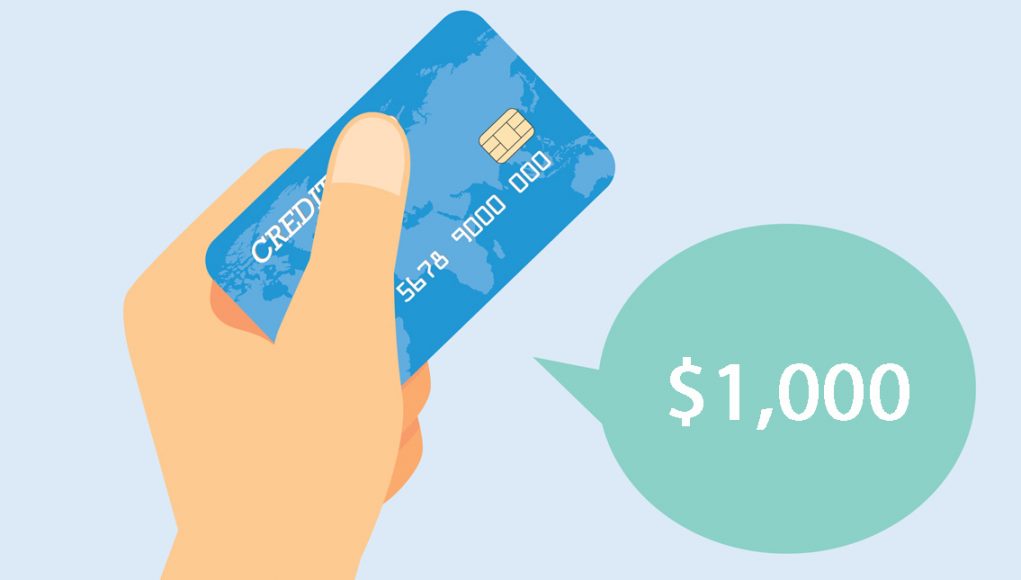Having bad credit can be very hard, especially for those who are trying to fix it. It can take a long time for you to improve your credit score, but only one small mistake can ruin it all again. That’s why it’s always stressed how important it is for you to pay your bills on time and only use a small portion of your credit limit. And having a good credit score can give you tons of benefits, such as applying to a lending company without many questions and a low-interest rate.
There are two kinds of second chance credit card no security deposit at CreditBono, which you can apply for if you currently have a bad credit history and want to rebuild it but don’t know how. There are two types of second chance credit cards that you should know about, and you can learn more about them here.
Secured Credit Cards
You can apply for a secure credit card at banks, credit card companies, and financial institutions, and they are often willing to approve these for people with bad credit. That’s because applying for a secured credit card means you need to deposit a particular amount, which will also be your credit limit. For example, you deposited $500 to open your secured credit card, then you will have a maximum credit limit of $500. You can add to your credit limit every month if you want to by depositing another amount.
The risk associated with these types of credit cards is lower because if you fail to pay for your bills again, they will just use your security deposit to pay for it. And it works just like any traditional credit card, which means you need to pay as per your agreement with your bank or financial institution.

Unsecured Credit Cards
Unsecured credit cards are the opposite of secured credit cards because you don’t need to make a security deposit. But you can’t just blindly apply for these types of credit cards since you’ll most likely be denied due to your bad credit history. Your best bet will be to transition for a secured credit card after a long time of establishing your good credit score, or you can apply for a subprime credit card. And these can be very expensive because they have higher annual fees compared to the traditional credit card.
The usual annual percentage for a subprime credit card is 20% or higher, and they often come with annual fees as well. Most of the time, the issuers of subprime credit cards often have poor customer service or have varied offers, so it’s best if you do your homework first.













